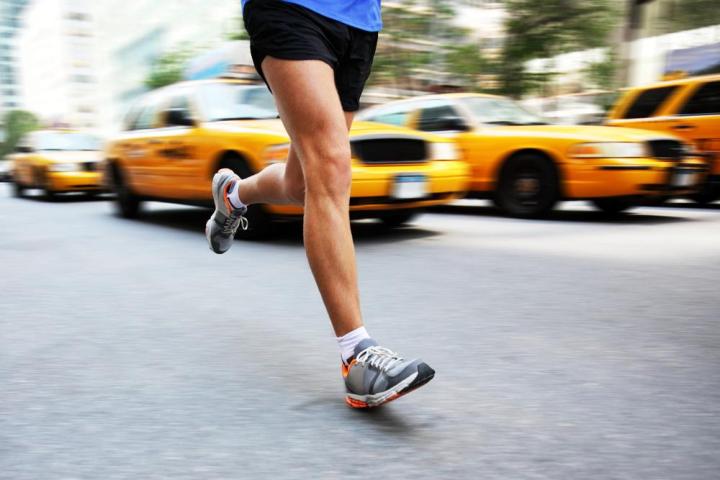
For years, Endorphins have been singled out as the most likely cause of runner’s high. They are self-produced opiates and their level in the bloodstream increases in response to exercise. This theory has one major flaw — endorphins are large molecules and thus unable to pass through the blood-brain barrier. In other words, they may be able to curb muscle pain from exercise, but they likely cannot produce the mood-changing high people feel after a vigorous workout.
Other researchers looked beyond endorphins and have studied the endocannabinoids, which also are present in elevated amounts during exercise and, unlike endorphins, can cross the blood-brain barrier. As their name implies, endocannabinoids are internally produce cannabinoid molecules, which is the active ingredient in marijuana. These molecules can cross over into the brain, where they bind to receptors and cause a happy, trance-like state.
Though some scientists believe it is the endocannabinoids that likely contribute to runner’s high, few studies have looked closely at the role of exercise-induced endocannabinoid in runner’s high and ever fewer have directly compared the effects of endorphins and endocannabinoids during exercise. That is until now.
Using laboratory mice, researchers at the Central Institute of Mental Health at the University of Heidelberg medical school in Mannheim, Germany exposed mice to a stressful, anxiety producing situation and then set them off running on an exercise wheel. During these experiments, scientists discovered mice experienced a runner’s high just like their human counterparts. The team detected elevated levels of both endorphins and endocannabinoids in the bloodstream of the mice and observed that the animals were much more tranquil after a good run. They also were more pain tolerant when exposed post-run to a slight physical discomfort.
After establishing this baseline response, researchers then used drugs to block either endocannabinoid or endorphin production to determine the effect of each molecule on the mental state of the mouse. When the endocannabinoid system was blocked, the mice did not experience the runner’s high. They remained agitated and anxious after their run and were sensitive to pain. A second set of tests blocked endorphin production, while keeping the endocannabinoid system intact. After a good run, the mice experienced a calming effect from the exercise. They were much less anxious in their cages and less sensitive to pain.
These experiments focus on laboratory mice and not people, so it is hard to extrapolate these results to humans without further testing. Nonetheless, these early results strongly suggest that endocannabinoids contribute greatly to the runner’s high, while endorphins player a smaller role — if any role at all. So the next time you’re at the gym and hear someone say “my endorphins are kicking in,” you now can take a moment and school them on their mistake.



